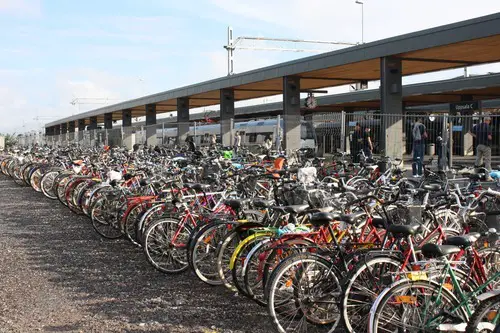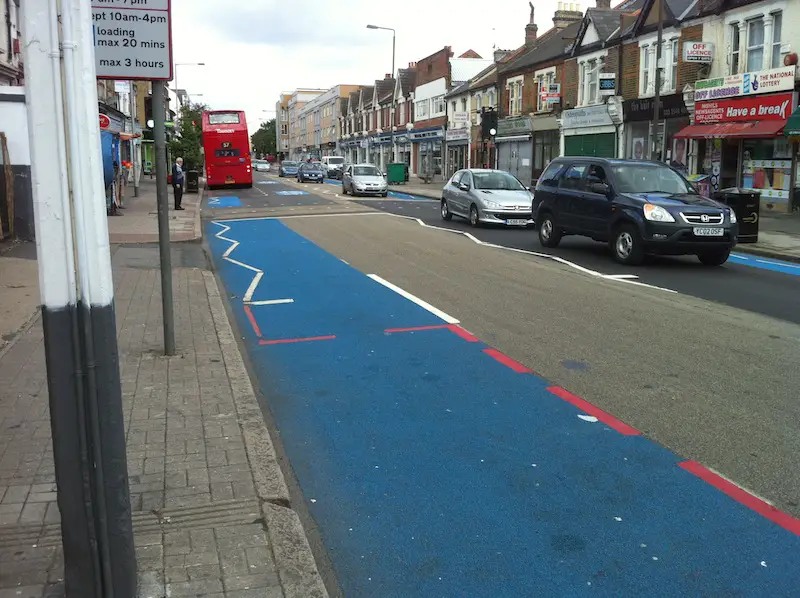London has a long history of gang culture, once being considered the gang capital of the world. Yet despite handing that title over to American cities in the mid-twentieth century, gangs have remained a consistent problem – a problem which in recent years appears to be on the increase.
Whilst a gang is essentially a group of people, it can be a difficult thing to define. Gangs evolve rapidly, with offshoots quickly forming from established groups, introducing a new set of loyalties and rules. As a result of its ever-changing nature, reports on gang culture in London vary wildly. Involvement figures vary too, with some studies suggesting as few as 1,500 people involved in gangs in the whole of London, and others quoting 2,500 gang members in just one of London’s 32 boroughs.
However, certain elements of gang culture are consistent throughout London. With an increasing amount of young people becoming involved in gangs, more youths are being murdered as a result of gang violence. In 2009, London saw 13 teenagers murdered, with this figure reached in less than seven months in 2010. Whilst not all of these murders were gang-related, many were, with the Dying to Belong report by The Centre for Social Justice suggesting that at least half of murders of young people in London are gang-related.
Another widely-noted feature of London’s gangs is that they are taking inspiration from the gang culture of American cities. Some wear colours denoting their allegiances, and the ‘tagging’ of buildings with graffiti is also increasing – behavioural patterns common in many American gangs.
Therefore, if London’s gangs are evolving to become more like those in America, it would be logical to suggest that London could look to the efforts of American cities in order to pre-empt its own gang problems. However, many of these cities appear to be struggling to control their gangs as much as London is. In Los Angeles – a city which has spent billions on gang prevention – there are six times as many gangs and twice as many gang members as there were 25 years ago.
Chicago has also struggled with gang culture. A major crackdown after a summer of extreme violence in 2008 resulted in 400 officers dispatched to reduce violence in the cities poorest areas. Initially, this was deemed a success, with many older gang leaders ending up behind bars, but unfortunately, the long-term framework required to maintain good behaviour was not in place. The resulting lack of leadership in gangs caused fragmentation, generating an increase in violence between splintering gangs. The city was also too specifically focused on poorer areas, pushing gangs out of these localities and into the suburbs rather than dissolving them entirely.
But despite mixed results in Los Angeles and Chicago, successful strategies employed in Boston could act as a template for London. In an attempt to tackle high levels of gang-related violence in the poorest neighbourhoods, Boston implemented a violence prevention strategy, Operation Ceasefire, in 1996 to much success.
Operation Ceasefire attempted to bring about a broader understanding of gang culture in Boston by applying quantitative and qualitative research methods to assess the dynamics of youth violence in the city. This included mapping all gang behaviour, such as localities, rivalries, gang-related murders and the location of crime suspects. This was supported by a multi-agency team, including members of the police force, probation officers, the Department of Youth Services, and school police.
Attempting to better understand their gangs through research, and providing a broad supportive network to enforce their efforts enabled the city to reduce their youth homicides from a high of 73 victims in 1990 to 10 victims two years after Operation Ceasefire was implemented.
Boston’s success in managing negative gang behaviour has shaped gang prevention strategies across the world. The Stockholm Gang Intervention & Prevention Project places an emphasis on gang research and a ‘multidimensional approach’ across different Swedish authorities to support their efforts. Chicago’s focus on areas where gang activity was highest was also taken from Operation Ceasefire, but their lack of long-term success demonstrates the importance of a fully comprehensive gang-prevention strategy.
Therefore London’s approach to gang prevention needs to closely follow that taken in Boston with Operation Ceasefire. The removal of weapons would also need to be a kay aim. The focus in Boston was firearms, but due to stricter gun laws in Britain, knife crime is a bigger problem in London and would need to be the priority of gang prevention efforts.
However, this approach would just be the beginning of London’s efforts to tackle gang violence. The city needs to tackle the more consistent, longer term problems of which it already knows, whilst simultaneously attempting to better understand the gang culture present on its streets.
Tackling London’s gang culture is far from simple. Positively engaging those in London’s most poverty stricken areas at a time when job opportunities are rare and government spending is being cut is an enormous challenge. However, gang related violence is on an increase, and this is something the city should not accept, whatever its economic situation.
Whilst an in-depth knowledge of London’s gangs is lacking, there is enough understanding to begin proactively addressing the problem – with the steps taken by Boston’s Operation Ceasefire a good place to begin. But the spin-off results from this approach would be unique to London and might not be resolvable using approaches taken overseas. Despite its complexity and ever changing nature, London desperately needs to better understand its gang culture before it can competently tackle gang violence.
Photo: Jamie Street


